In this unusual year of distance learning, many primary teachers are wondering, “How can I teach a hands-on subject like science, over a Zoom meeting?”. In this post I’ll share 10 back to school science activities you can easily do virtually that will get your students excited about science! If you need virtual science activities you can do over Zoom, try some of these with your class!

Back to school science activities you can do with kids on Zoom
In this post I’ll share:
- how to lay the foundation for future science lessons
- group science games to play on Zoom
- easy science anchor charts
- fun science videos for kids
- virtual science field trip ideas
- digital science resources & quizzes you can take grades on
- websites with fun demonstrations to do on Zoom
- Cool science Zoom backgrounds
- a science virtual book club for kids
- science experiments kids can do at home
1. Learn About Scientists
When planning all of my back to school science activities, I include time talking about scientists, the jobs scientists do, and the fact that science is all around us. Hold a class discussion and create a simple chart to hang in your class meeting space. Have students tell you what they already know about scientists, what a scientists does, and the processes they use.
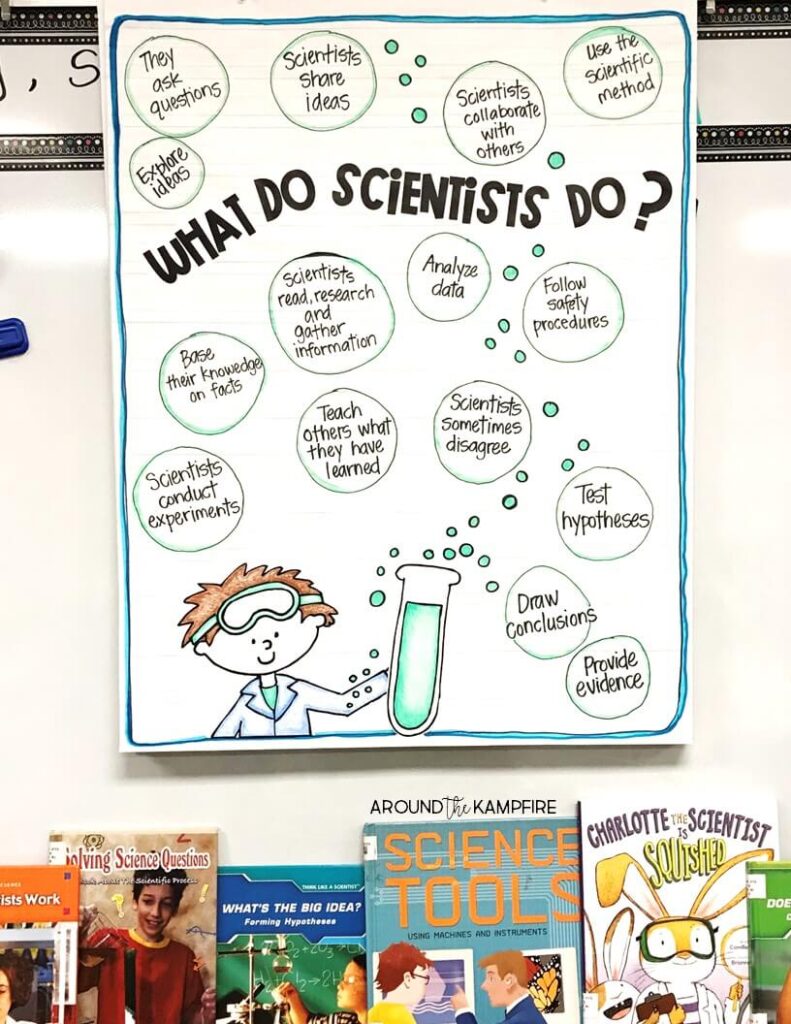
Write students’ responses on sticky notes to add to your chart. I like to laminate charts first so I can use them again, and write directly on it with a Mr. Sketch marker. Mr. Sketch markers are water-based and wipe off easily with a damp paper towel.

These digital lessons about scientists are easy to share with your class in Google Classroom, or by sharing your screen on Zoom. Each teaching slide is narrated with an audio file and comes with digital practice activities and quizzes. Even your struggling readers can listen and learn independently at home or in the classroom. Two weeks of lesson plans are done for you in the print version of this unit, and the lab experiments can be demonstrated over Zoom.
2. Explore how we use science in our everyday lives
Holding class discussions during distance learning helps keep students engaged. Students are always amazed at how much of their lives are products of science. Ask students about the objects the use, the clothing they wear, or the way they usually get to school or around town. What kind of science do these things involve? Discuss the science behind a weather report, the gym shoes they wear, and the technology they use.
Ask students, “How do you cook your food and heat or cool your house?”. Was science involved in the invention of the machines you use to do those things?

Guide students to understand that we all use science in our daily lives in the technology we use, the medicines we take, the materials in the building we live in, weather prediction, food and transportation. Create a chart for students to contribute ways they use science every day.
This fun Let’s Be a Scientist! video for kids gives an overview of some simple ways we use science each day.
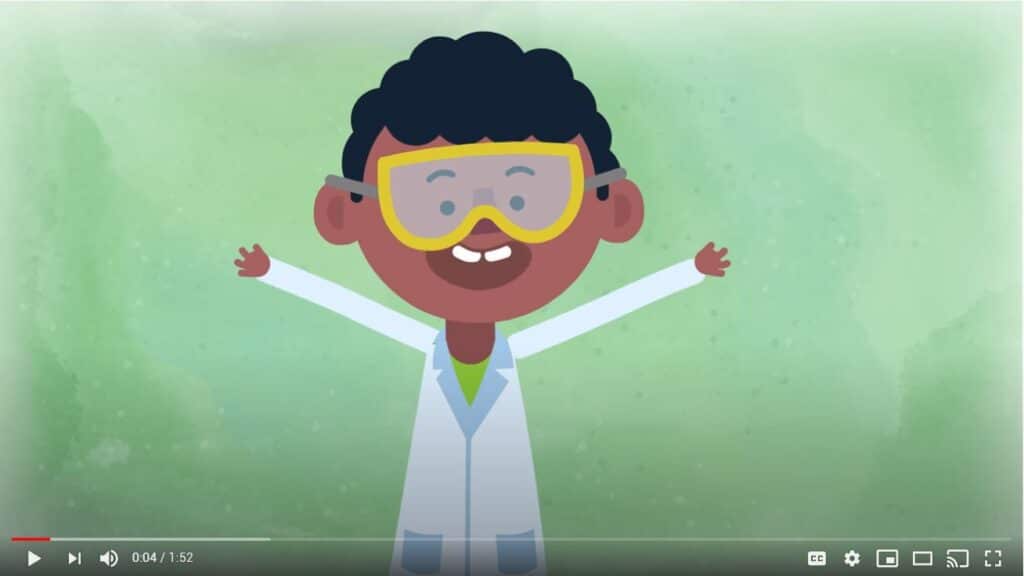
3. Play a science safety game
Continue building a foundation for science this year by teaching about science safety. Play a game with your students called Safe or Unsafe.
Jot down on index cards classroom situations that may arise during science time. Include descriptions that are both safe and unsafe when doing a lab. As you read them, have students give you a thumbs up or thumbs down to show if the behavior is safe or unsafe. Click here for printable science safety task cards to use as a science center in the classroom.

Show your students this lab safety video to review science safety and give your them all a giggle!
Science Lab Safety (2:30)

4. Play science tools Pictionary
Play a variation on Pictionary to teach students about science tools. Gather pictures of safety goggles, gloves, balance scales, a hand lens, thermometer, tools for measuring, etc. to show your students. Discuss how each tool is used by scientists for magnifying, measuring, or for safety.
Next, make sure each student has paper handy to draw on. Describe the tool, what it is used for and the materials it is made of. (This is also good for learning to describe properties of matter.) Have students draw a picture of the tool. When you say, “Ready!” everyone holds up their drawing and calls out the name of the tool. Bonus points if they write the tools’ name!

Hang a pocket chart in your meeting space and sort the tools by their purpose and uses. Click here for these science tools picture cards.
5. Assign online science activities
The reality for teachers during distance learning is that we all still need to take grades. I’ve created digital science units with narrated lessons that students can easily do at home. Each includes quizzes in two formats for easy differentiation. The lesson practice activities are fun for students and give you a chance to take grades. Read this post to see for an entire series of digital 2nd grade science units all on Google Slides.
6. Make At-Home Field Journals
Turn your students into field scientists! Have your students make at-home field journals with a notebook or scrap paper stapled together. Ask them to explore their yards and neighborhoods and make notes and drawings of the plants and animals they see.
This video, Be A Field Scientist, explains what a field scientist does and how to keep a field journal. She explains all the things students can observe and record in their journals. It’s the perfect activity for getting outdoors during virtual learning!
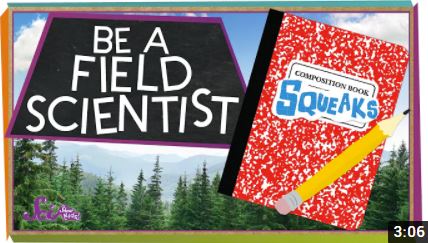
Leaf rubbings are so easy to do and a fun addition to field journals. Have students collect leaves from around their house. This chlorophyll painting project is one that any child can do at home. All you need is a sheet of paper, some leaves, and a spoon!

7. Send home science experiments
Of course this is not possible for all families, but one option is to send home directions for simple science experiments, that are optional, if parents want to do them at home with their child. The labs in this back to school science unit give students opportunities to ask questions, form a hypothesis, test their hypothesis, and record data.
One of my favorite back to school labs is to explore buoyancy with milk and cookies by doing The Great Cookie Dunk! It’s not only fun, but it can easily be done at home. All you really need is milk and cookies!

Click here to read about 10 more fun science lessons kids can do at home.
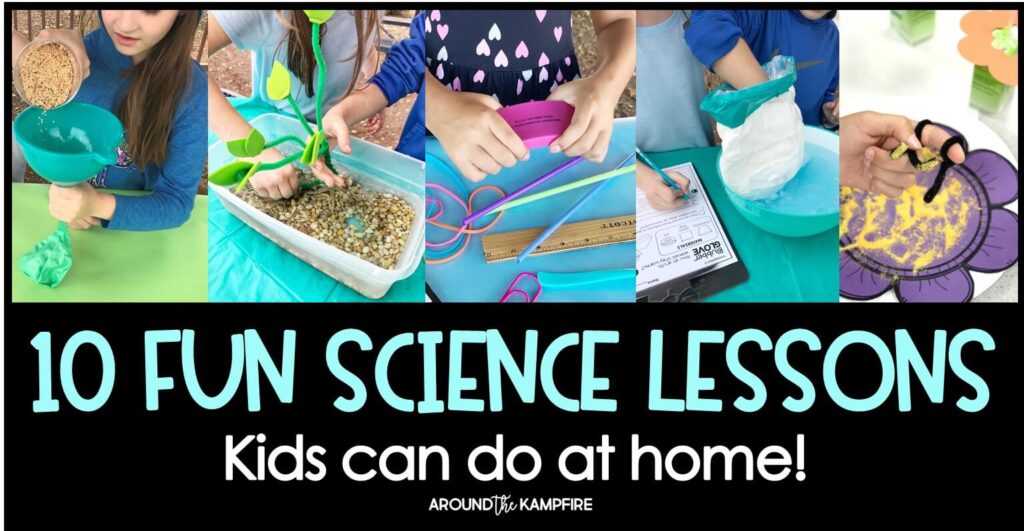
8. Take a virtual field trip
This is definitely a different kind of year, but don’t let that stop you from taking your students on a field trip! There are a multitude of websites with virtual field trips for just about anything you can think of. I’ve collected a huge list of educational websites, with a section on virtual field trips, and put them all together in a blog post.
Click here to read that post and sign up for the FREE clickable resource guide to keep handy when you plan! There are also FREE at-home learning menus, plus a parent letter, to download in the post.
9. Do a demonstration over Zoom
Science is such a hands-on subject,that it’s difficult to give students the experience virtually. You can however, do a demonstration. Steve Spangler Science has an entire online library of science experiments and video demonstrations you can show your students over Zoom.
Mystery Science is another good site with lots of science mini-lessons and videos. It is a paid site, but they offer free limited time access to teachers.
10. Do Science Read Alouds
As you plan your back to school science activities, don’t forget about read alouds. Another teacher recently shared a wonderful series of science chapter books with me called Lucy’s Labs. If you would like to check out the series to read aloud to your class on Zoom, you can see all the Lucy’s Lab books on Amazon. Check out the other collections of science picture books and nonfiction books on a variety of science topics.
Change your Zoom background!
Want to really send your kids over the top? Change your Zoom background! Use one of these free, science inspired Zoom backgrounds from Adventures in Science, or these video backgrounds for teachers from TeachStarter.
Teaching science on Zoom isn’t ideal, but it can be done in an engaging way! Try some of these ideas and virtual science activities with your class and be sure to pin this post so you have it when you plan your back to school science activities!

For more back to school science activities, check out these ideas:
Properties of Matter Kids Can Eat!
4 Things to Teach in Science at the Beginning of the Year
Marvelous Ways to Teach Matter
Happy teaching!
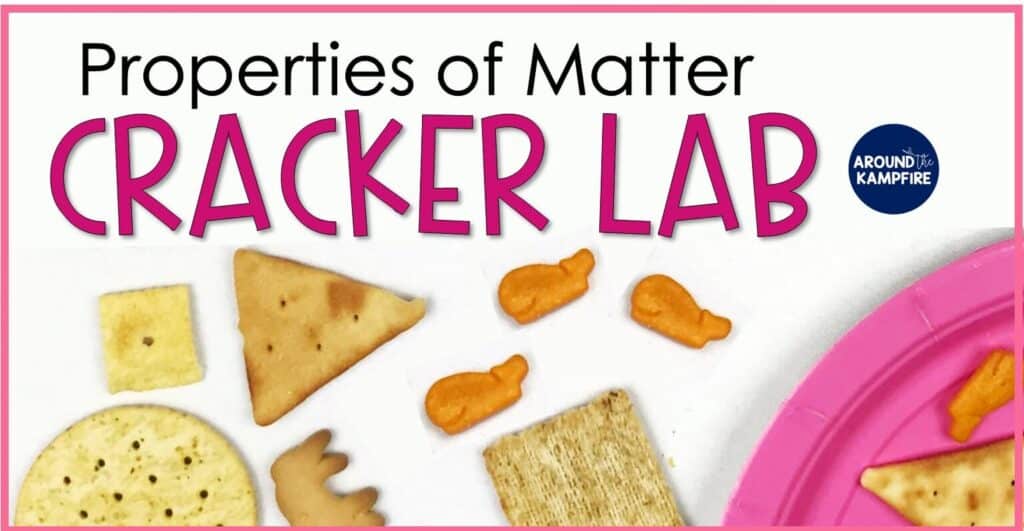



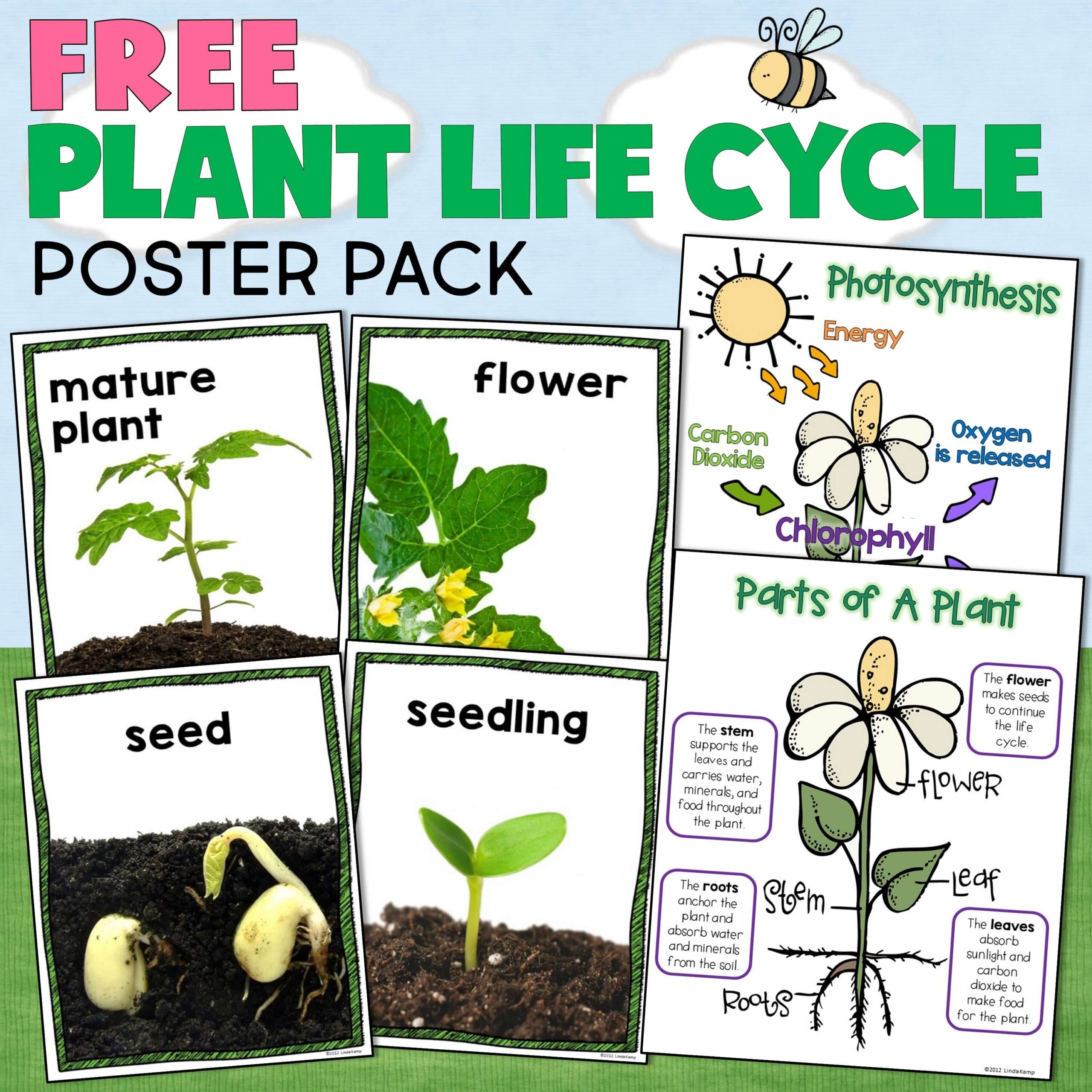




Your resources are so great!! I would love to find a page like yours that would be geared more for a 5th grade science class. If you know of any, I would love to know about them. I have used a few of your resources and just adapted them for my class and they were wonderful and they have a great look as well.
My son Hunter is 8 years old . He is interested to do Zoom science for 2nd or 3rd grade . He loves science . Any Zoom session after school he can do ?
Thanks